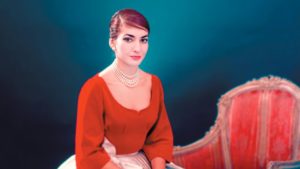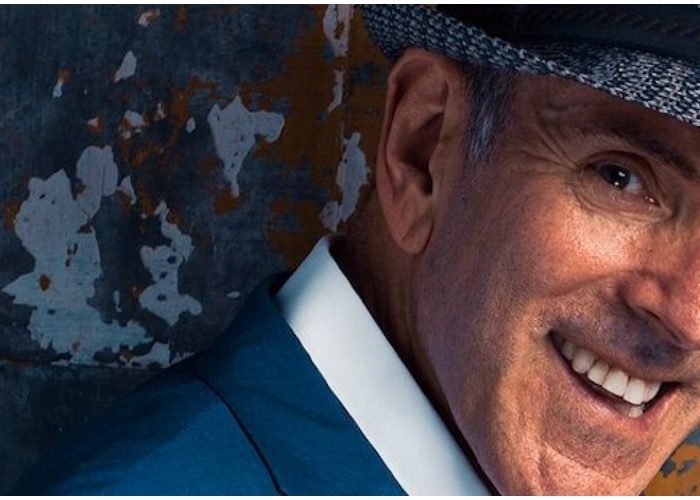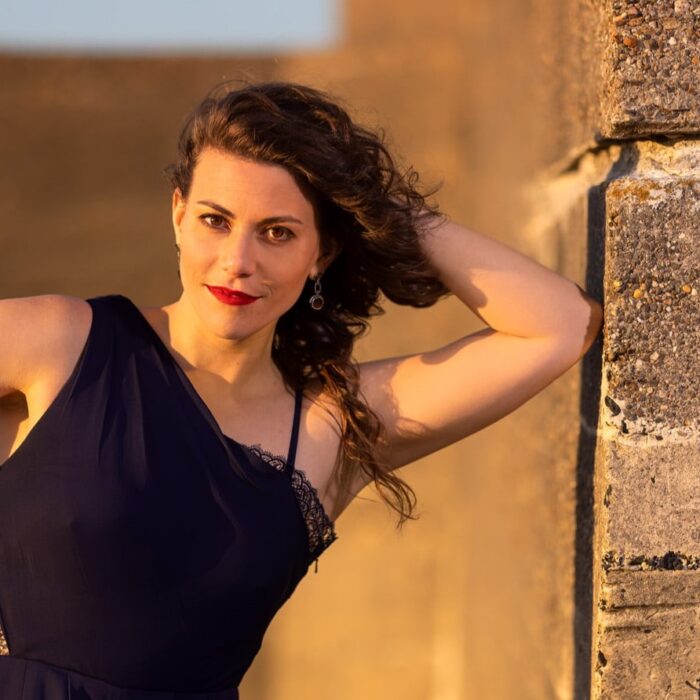
Interview: Director Tom Volf On Creating & Discovering ‘Maria by Callas’
By David SalazarINT. METROPOLITAN OPERA, NEW YORK. JANUARY 2012.
The opera onstage is Donizetti’s “Maria Stuarda” starring Joyce DiDonato in a production by David McVicar. The run of performances of this production are set to be a major artistic success for all involved, earning strong reviews and eventually, a DVD release.
Seated in the audience is a young man, his name Tom Volf, who to this point has acted in a few smaller movies. He doesn’t really know anything about opera, though at one of these performances, he will be so enthralled by Joyce DiDonato that he will run home and over the next few days discover the art form in all its glory.
Among the singers that will create a lasting impression on him is Maria Callas and within the next decade, Volf will have written three books on the diva and making a film – “Maria By Callas.”
In fact, his discovery during that winter of 2012 will be the seed that flourishes into his grand opus dedicated to the legendary diva.
Cut to:
INT. ALICE TULLY HALL, NEW YORK. OCT. 1, 2018.
It’s the New York Film Festival Premiere of “Maria By Callas,” which has been picked up by Sony Pictures Classics and set for a Nov. 2, 2018 release.
Opera royalty is in Alice Tully Hall, including Metropolitan Opera General Manager Peter Gelb who introduced such superstars as Anna Netrebko, Anita Rachvelishvilli, Isabel Leonard, Iestyn Davies, and Angel Blue, among others.
All of them will sit through the first New York screening of this film that tells the story of the legendary diva through the use of only her words.
Cut To:
PRESENT DAY.
A few days after that premiere, OperaWire sat down to talk to Volf further about his experience of making his first film.
The first three years were all about researching Callas and throughout his studies he came across a plethora of photographs, letters, performance videos (many of which had never been seen). He interviewed many of her friends, compiling dozens and dozens of hours of interviews that would all wind up on the cutting room floor when it came time to make the movie.
“It was the quest for the construction of the film,” he explained. “I interviewed all of her friends to begin with but there was this moment when I realized that we could do something more and go further in making the film with her own words.”
About two years in, he had his ideas on how he wanted to approach the movie, but he knew there was a lot that stood in his way. He needed to acquire the rights to the footage he would be using and he also needed an editor to help transform hundreds of hours of footage into a two-hour movie.
But those who showed interest weren’t in line with Volf’s vision for the film.
“Other people thought I should do it in a standardized way with a narrator for television,” he noted.
Enter Emmanuelle “Emma” Lepers, producer of such documentaries as “Danger Dave” and “Michel Magne, Le Fantaisiste Pop.”
“Emma believed that this was a film for the cinema. She believed in the bold ideas that were not standard or usual. She allowed me the freedom to make this film in a creative way,” Volf noted.
For the ensuing years of the production, Volf managed to craft the movie he had always wanted, bringing Callas back to life in a manner he knew others had only dreamt of.
So much of the film is filled with archival footage of the famed diva, but with a twist.
Take, for example, this clip of “Casta Diva” from a concert performance in Paris.
The first thing that strikes you visually is that it is in black and white.
“It preserves this image of a person from the past,” Volf noted about the black and white footage.
But his intention was always to “bring Callas into the 21st century.” So he sought out photo references for performances, had the original reels digitized and converted into high definition before coloring them based on the photographs. A similar restoration process was done with the music with the intention of making audience members feel that Callas was before them as another major opera singer might be in a Live in HD transmission.
“Those are the actual colors people in the audience saw that night. I really wanted the audience to experience what to me is the closest experience nowadays of Callas onstage.”
Another narrative tool employed throughout the film is the reading of Callas’ own letters to reveal her most intimate feelings and thoughts.
But he knew he needed a strong narrator that could bring Callas to life for the audience. His choice? The artist that had inspired it all.
A few months after that fateful “Maria Stuarda” performance and well on his way to making his movie, Volf felt that he needed to reach out and thank the artist that had inspired it all. So, he wrote to Joyce DiDonato and thanked her for inspiring him.
They met afterward and became great friends. DiDonato, who is one of the most renowned opera singers on the planet (Volf calls her his favorite of the modern era, noting that in her acting and singing she is “of the same lineage as Callas as an artist”) turned into a consultant for the burgeoning filmmaker.
And because of DiDonato’s continued presence in his artist endeavor, Volf felt it only natural that his original muse should fuse with his second one.
“I just knew that she could relate to those words as both a woman and an artist and a singer and that she could bring those words back to life in a genuine way,” he explained. “I like to think that at some point we forget that there are these two voices and they become just the voice of Maria.”
Then came the music.
Callas is one of the most recorded opera singers ever and it just seems like every year, Warner Classics (and before that, EMI) release a new recording of hers that was long gone. Either that or reissue a new remastering of a classic recording.
Because of this volume, everyone has a favorite and everyone has a different opinion about what Callas excelled at throughout her career.
Volf’s intention with the music was always to unify it with her identity as a woman.
“Every time she sings something, it says something about her as a woman, as Maria. That’s the connection between Maria and Callas. That’s the whole duality,” he noted. “There is a whole subtext is those choices. For example, she only sings ‘Carmen’ in the early 60s when her romance with [Aristotle] Onassis is starting.”
But, of course, he could not just have Callas sing the entire documentary as it would undeniably create pacing issues and devalue the moments where she is allowed to sing.
So he included some arrangements of famed arias that reflected the moment in her life. At one point we hear a cello-piano arrangement of “E lucevan le stele” when her personal life is imploding around her.
But he also picked instrumental music because at one point in her life, Callas stopped singing.
“As we go further with the film and into the late 60s, she stops singing. The music is there to take over from her singing. Music is still part of her life and it is an ongoing dialogue within her, but it didn’t make sense to hear her sing in a time when she didn’t sing.”
He also noted that live performances were picked over studio recordings because the famed diva herself never really cared to listen to the studio efforts.
“She said that in the studio she had to restrain because of the sensitivity of the microphone. But onstage she could give her full interpretation,” Volf concluded.
Volf’s journey with Callas has been a major part of his past decade, but it has only strengthened his love for opera.
“I love bel canto opera above anything else,” Volf admitted. “I think there’s always something about first love that stays with you and imprints itself on you. ‘Maria Stuarda’ remains my favorite opera and I constantly go back to it and find new things to marvel at.
“Opera is very much a part of my life now.”
INT. MOVIE THEATER, ANYWHERE IN THE UNITED STATES. NOV. 2, 2018.
Audiences sit in movie theaters. The lights dim.
Enter Maria Callas.


